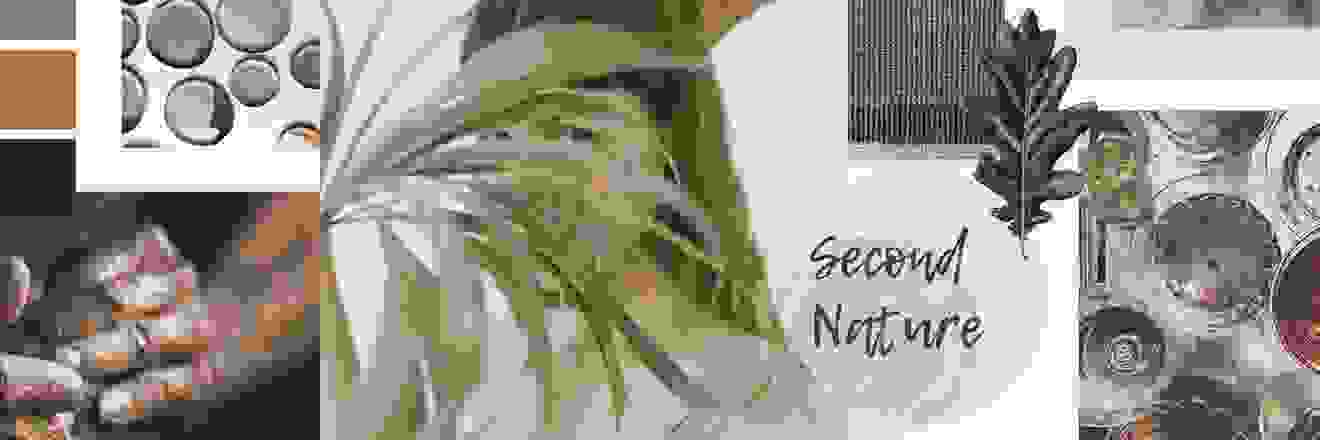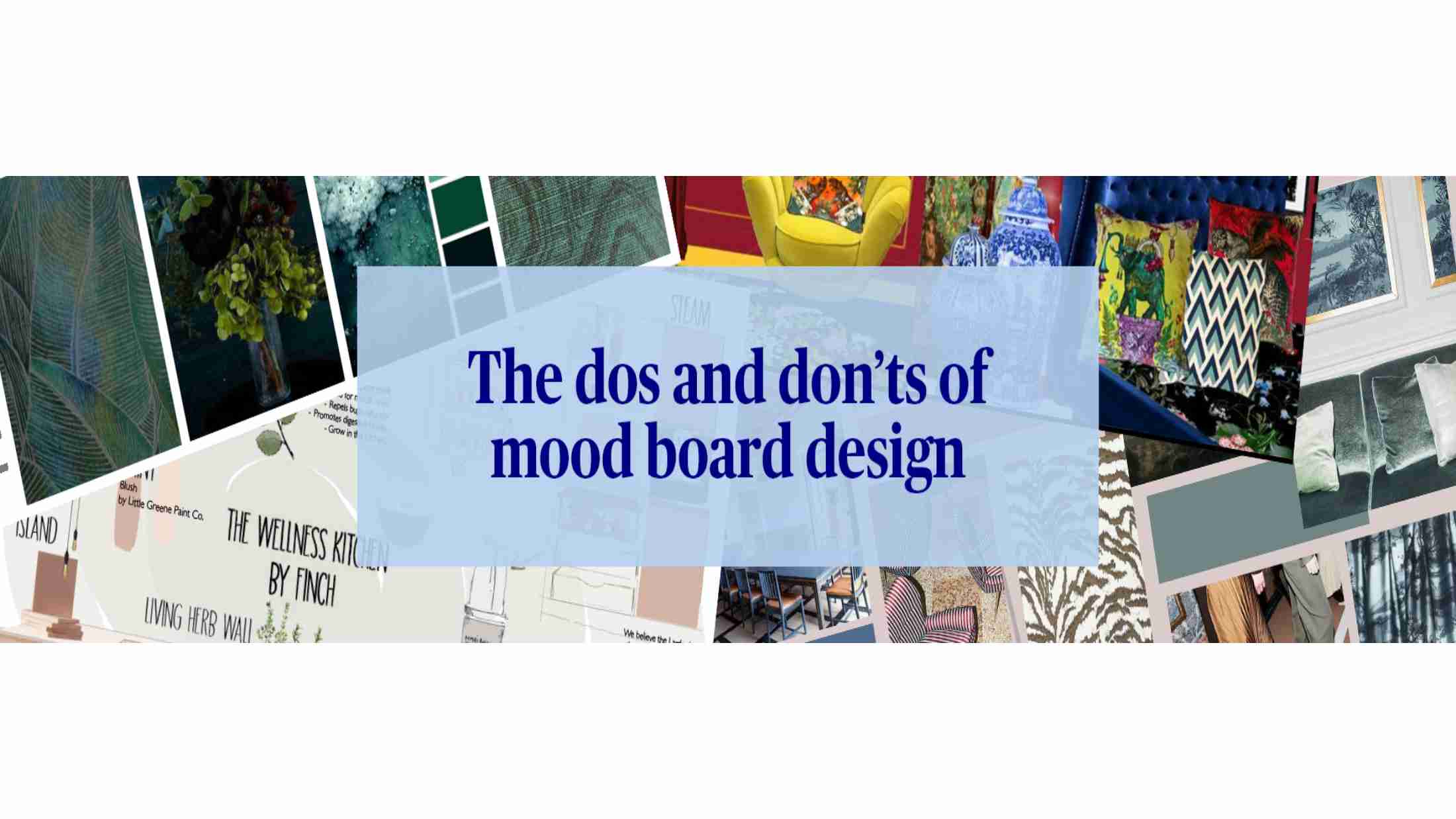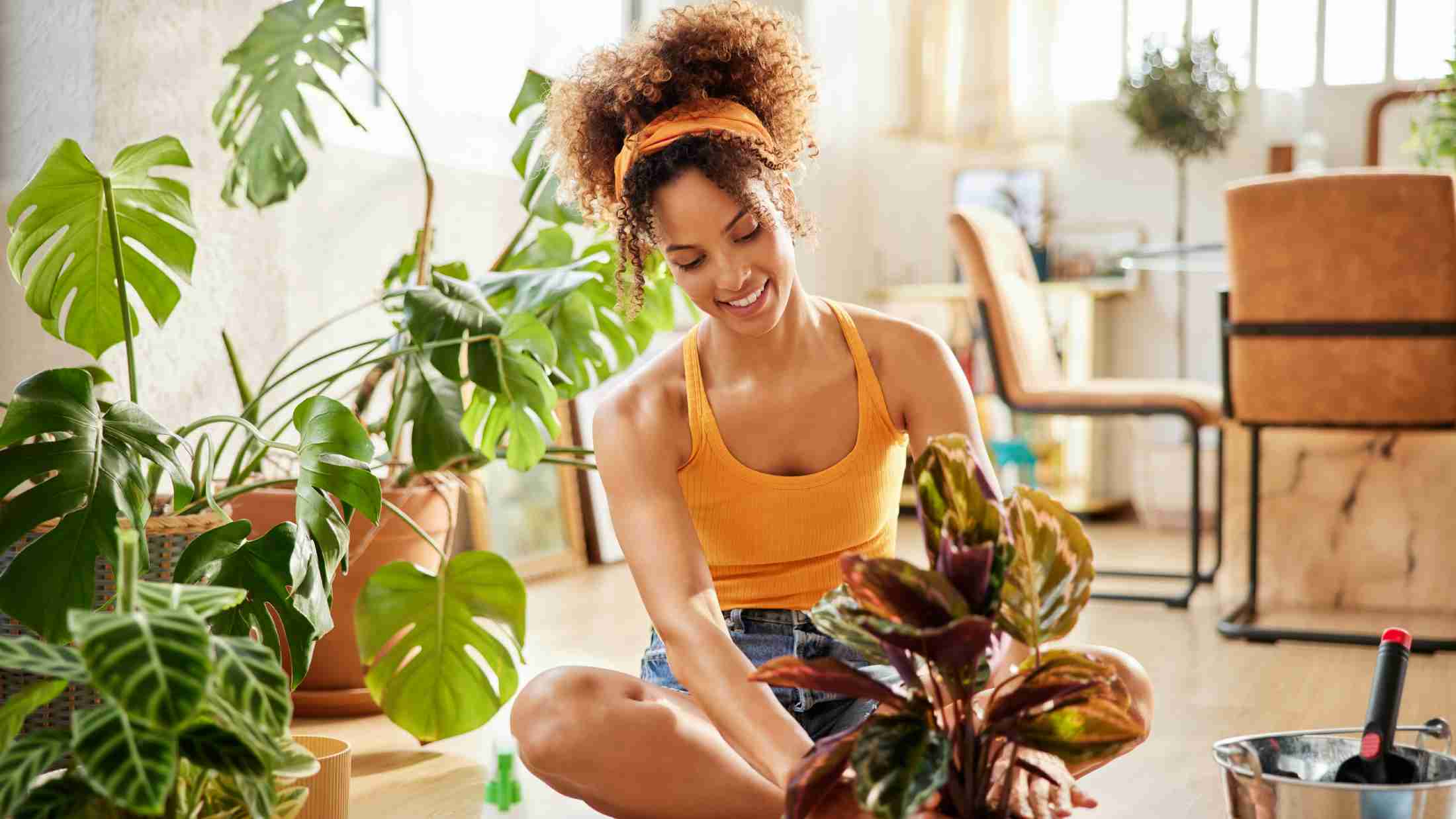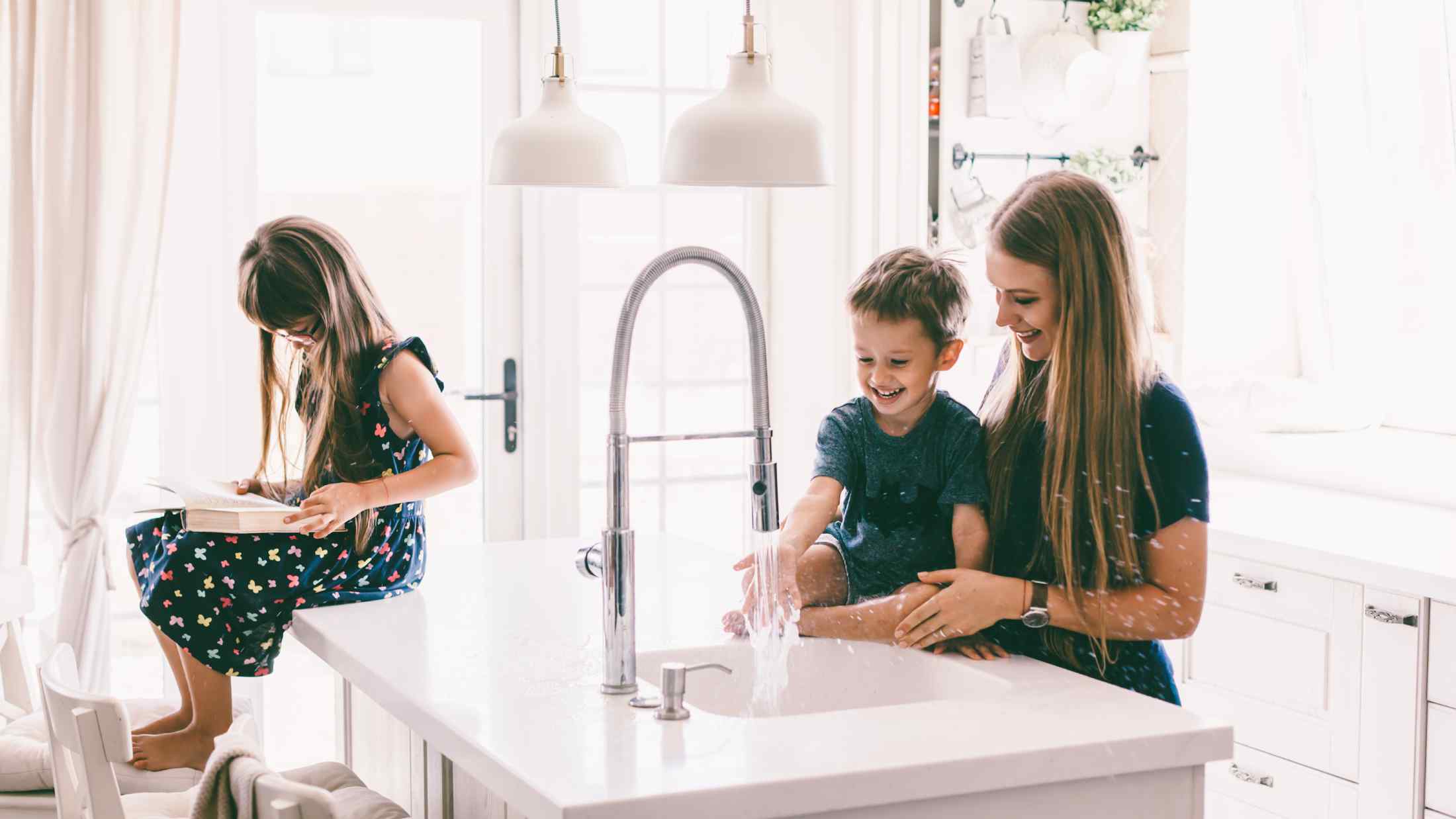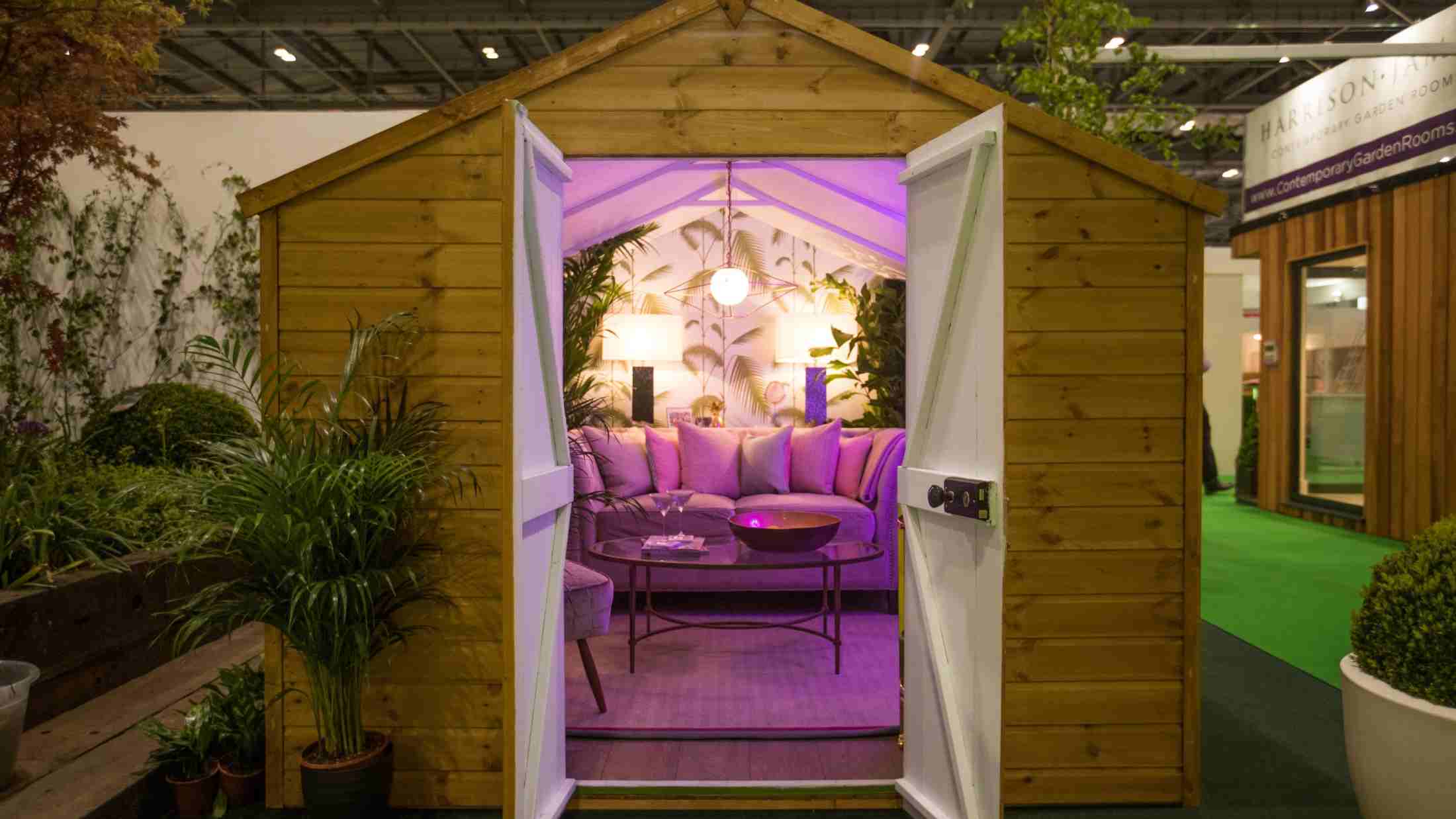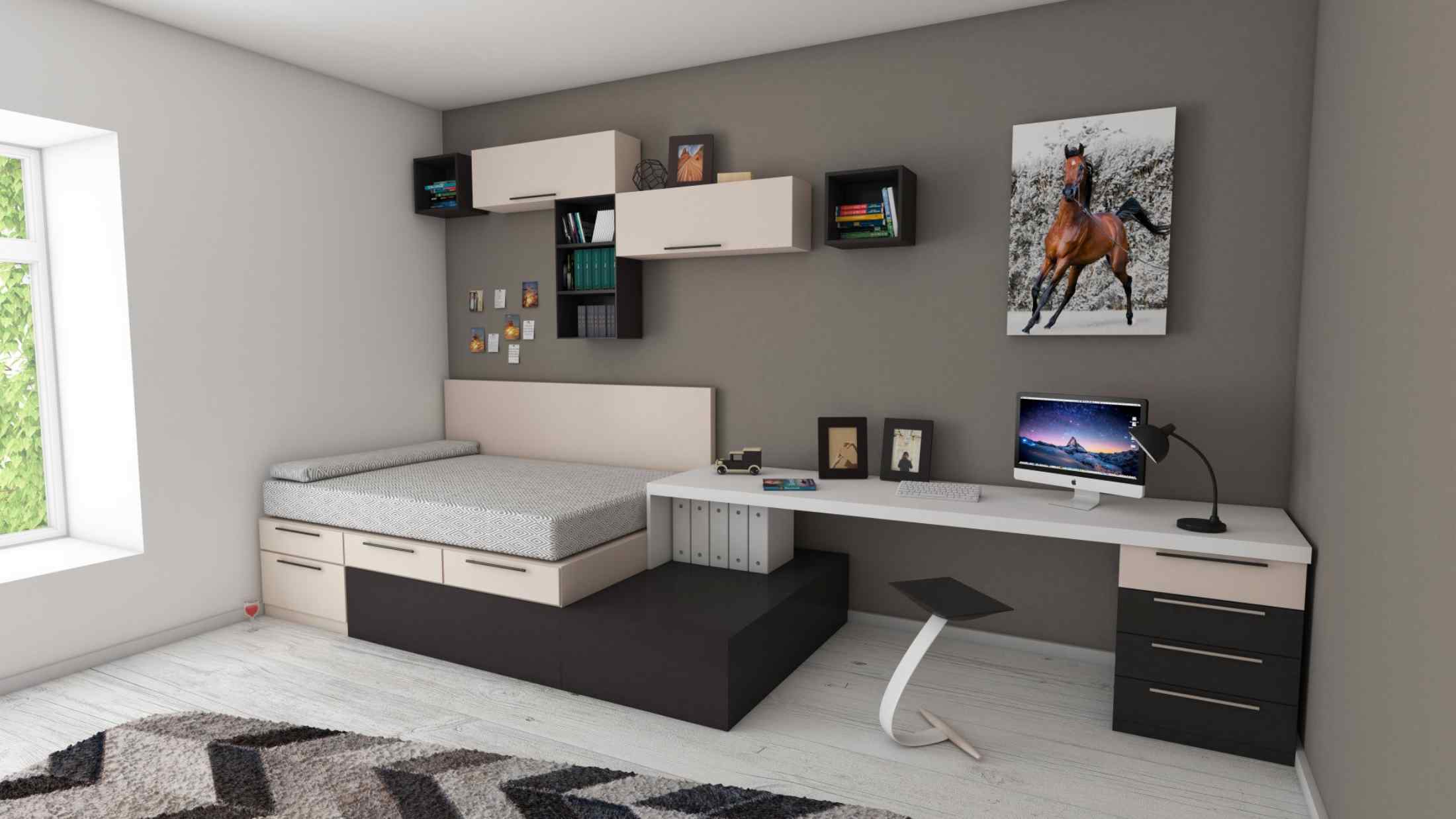We’ve tasked six designers to transform their sets into spaces that buck interior design trends and champion their individual style.
Here, Nicola Keenan and Nicola Lindsell of Boxx Creative chat to us about how good design can be elevated through using environmentally sustainable materials, their predictions for future eco-friendly design trends, and easy steps you can take to make your home greener.
How did Boxx Creative come into being?
Boxx Creative is a London-based creative design studio that we established in early 2017 to provide a one-stop-shop for creative services including interior design, branding, digital marketing and strategy.
Being environmentally aware, ethical, socially conscious and community-focused is at the heart of what we do. Our mission is to design spaces that are not only inspiring and innovative, but those that have a long-lasting positive environmental and social impact.
As designers, we think it’s our responsibility to make a difference to the planet by thoughtfully choosing what and how we create, as well as the products and materials we use. We love working alongside innovative, eco-friendly suppliers to create outstanding designs that showcase the cutting-edge style of sustainable, ethical and artisan products crafted in the UK.
Give us a brief overview of Boxx’s style and approach to design.
From people, places, nature and the environment to the changing seasons, art and architecture, we take inspiration from everything around us. However, we don’t necessarily have a defined house style. Instead, we prefer to design every space to meet each client’s requirements and ambitions.
Due to our love of eco and sustainable design, we’re inspired by the innovations and aesthetics of companies like Low Impact, Alusid, Smile Plastics and Weez & Merl who produce new materials from waste matter, including glass, porcelain and plastics. Solidwool have given UK wool a whole new lease of life and purpose, by creating a unique, strong, composite fibre-glass type material from it. We enjoy incorporating these exciting new and sustainable materials into client interiors whenever we can.
Up-and-coming designers are another source of inspiration and we often collaborate with them on client projects to produce bespoke art, textiles, wallpaper, metal work, sculpture and ceramics.
Talk us through your Grand Designs Live space, Second Nature. How does it fit Boxx Design’s passion for utilising sustainable design and eco-friendly materials?
We identify with Grand Designs Live’s ethical and environmental initiatives and their support for pioneering eco-innovations. When we heard that the theme for this year’s room sets was ‘design by you’ — reflecting the interior designer’s personality, style and vision — we instantly knew that Boxx had to take part.
Second Nature is a consciously designed dining room. It encompasses our invested appreciation for products designed and made in the UK by highly skilled artisans and craftspeople, as well as our passion for sustainable and ethical design, materials and manufacturing.
We want our room to teach visitors that stunning, eco-friendly and sustainable design is not only accessible and affordable, but achievable. We hope to inspire consumers to be more environmentally conscious and that their preference for British hand-crafted design becomes second nature.
Talk us through the process of designing the room. Why do you think it works in terms of being a green design?
Our Grand Designs Live room gave us the opportunity to collaborate with so many of the great British designers and makers whose work we admire, including Benchmark, Tom Raffield, Sebastian Cox, Katie Walker, Ted Jefferis and Another Country.
We’ve set out to create a welcoming and comfortable contemporary family dining space that intrigues and inspires via its sophisticated, stylish and timeless British design and eye-catching handmade furniture, lighting and accessories.
The space has been brought to life with natural tones and inviting textures, punctuated with brighter vibrant pops of colour and a harmonious balance of UK-sourced sustainable, recycled, reclaimed and reused materials.
What’s your favourite part of the room?
There’s so much we love about the products and materials in the room set, so it’s not possible to choose just one standout piece! Above all, we’re enormously proud to curate such a special space that places the spotlight on the talent, skill and innovation of ethical and sustainable British design and manufacturing.
Why do you think there’s been such a boom in eco-friendly design and living?
We think society is becoming more environmentally aware. Programmes like David Attenborough’s Blue Planet II have been instrumental in raising the public’s awareness of the damage that plastic is doing to our oceans and marine life.
Government initiatives, such as the 5p charge levied on plastic bags, also helps encourage people to rethink and change their behaviours. Consequently, people are now avoiding unnecessary plastic straws, purchasing refillable bottles instead of single-use plastic, investing in reusable cups and carrying shopping in reusable bags.
For many people, becoming more environmentally conscious has started with how they consume food and drinks. However, as their awareness grows and preserving the environment becomes an increasingly pressing issue, we think this eco-awareness will extend into other areas of their lives such as fashion and the home.
What eco trends have you seen becoming popular recently?
A new trend is to reuse plastic from landfill or the oceans. We’re excited to discover new fabrics and carpets made from recycled polyester and organic material such as nettle fibre, hemp and cactus. It’ll be interesting to see how we can incorporate these materials into our designs in the future.
Turning trash into treasure and landfill into lifestyle is also very popular. The up-cycling of old and unused furniture items — mending and redecorating to create unique pieces or to give furniture and other homeware a new lease of life — works well for vintage and shabby chic inspired.
For a more industrial feel, furniture made from reclaimed flooring, scaffolding planks, crates, railway sleepers and repurposed metal pipework is also popular trend.
What eco trends do you predict will be popular in the next 5, 10, 20 years?
Currently, so much of the materials we utilise in our everyday lives end up outside the recycling system. Typically, it costs more to manufacture products from waste than it does to create them from new materials, which prevents many manufacturers from considering these alternatives as it doesn’t balance up from a cost perspective.
However, we believe that innovations in technology and manufacturing processes will help improve supply and consequently lower costs, leading to more variety of sustainable and recycled products — in terms of colour, texture, finish and durability — and increasing consumer demand. We also anticipate that higher-end furniture and lighting products will be made from more of these materials in future too.
Design and manufacturing will also become fully circular, with companies buying back their products from consumers and recycling the material to make other products. Pentatonic is already leading with this approach as their products are made from 100% post-consumer goods that can be returned to the company, bought back and recycled when they’ve reach the end of their life cycles. Rype are also doing great work to reuse, repair and remanufacture office furniture. We expect these circular design, manufacturing and recycling processes to translate across home furniture in the future as well.
As well as this above, companies will probably start listing the carbon emissions incurred during their manufacturing and transportation of their products. Sebastian Cox already does this by measuring the amount of carbon emitted and absorbed by his wooden furniture, providing a carbon value as a measurement of its environmental impact.
What tips would you give our readers to incorporate eco-friendly and sustainable design into their homes?
As consumers, we need to start taking more responsibility for the products we buy for our homes and the long-term impact they have on the environment. Preserving our natural environment is pretty much guaranteed to grow in prevalence as time goes and we understand that it can feel a little overwhelming knowing where to begin taking the first step to making a difference. However, making small changes in your everyday life can make a huge impact.
Here’s our eco-friendly design tips that you can easily implement to make your home a greener, healthier and happier place for the planet.
- Research the origins of your products: Whether it’s asking what products are made from or where they come from, never be afraid to ask questions. Not all retailers display this origin information readily but the more demand there is, the more likely they’re likely to begin doing so. West Elm are a great example of a UK retailer who include this product information, making it easier for buyers to know if items are ethically made and from sustainably sourced materials.
- Bring the outdoors in: Incorporate nature into your home by introducing plants and organic natural fabrics such as cotton, linen, wool and other plant fibres. By surrounding yourself with natural materials and textures, you establish a closer connection to the natural environment, which can help enhance the feeling of calm and wellbeing in your rooms. Having plants within your home can also help with air purification, cleansing the air of toxins, helping eliminate dust and controlling humidity. Patch helps you discover the best plants for each room of your house, explains their health benefits, delivers them to your door and helps you look after them.
- Let there be (energy efficient) light: Energy efficient lighting such as LEDs can typically use about 25-80% less energy than traditional incandescents – and ultimately save you money in the long-run. We love Tala’s sustainable lamps, not only because they’re beautiful sculptural works of art but because they offset their carbon emission through reforestation programmes.
- Look for FSC certification: If you’re searching for home products made from wood, ensure that they’re Forest Stewardship Council (FSC) certified as this means they’ve been sustainably grown, or verified by an alternative sustainable certification. Bamboo and mango wood are sustainable woods from overseas which are becoming increasingly popular.
- Buy British: If you want to make your home stand out, incorporate artisanal furniture and goods into your room scheme. By buying British, you help support the great work of talented, ethical and sustainable British designers and makers. You can also purchase beautiful bespoke restored furniture from charitable furniture businesses such as Restored, whose furniture restoration skills and training helps restore the lives of people affected by drug and alcohol abuse.
